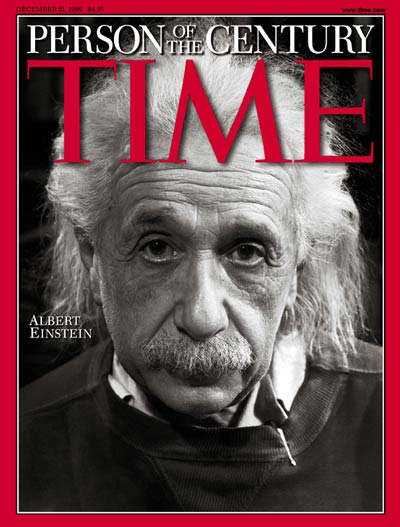From epistemology to nanotechnology, we tend to associate intelligence with other fields of life except for the very field that produces the food to sustain it.
With the rising world population, it is highly probable that by 2050, half a portion of your favorite lunch will be more than twice its current price if not thrice! Most restaurant, fast food or cafeteria owners might like the sound of this, but will there be enough food to meet the rising demand?
From epistemology to nanotechnology, we tend to associate intelligence with other fields of life except for the very field that produces the food to sustain it.
With the rising world population, it is highly probable that by 2050, half a portion of your favorite lunch will be more than twice its current price if not thrice! Most restaurant, fast food or cafeteria owners might like the sound of this, but will there be enough food to meet the rising demand?
It is obvious this question concerns everyone who eats from experts to farmers, bloggers to readers, young adventurists to old conservatives, food lovers to food haters, and it wont be fair if the readers of this blog post are left out of this incomplete list. But the most concerned are future generations who will face a population explosionfuture generations who will be led and fed by the burgeoning youth of today.
At the 44th session of the Committee on World Food Security, the air was filled with so many different solutions to feeding the rising world population that you could almost stretch out your hands to eat one. During one of the side events, Poorva Pandya, head of ETG Farmers Foundation opened the discussion by stating that to address the Sustainable Development Goals (SDGs), we need to address the youth. Dr. David Bergvinson, Director General of the International Crops Research Institute for Semi-Arid Tropics (ICRISAT) acknowledged the idea of getting the youth involved but, challenged the audience with the question; How do we get the best minds into agriculture?
Thato Moagi a young South African mixed crop and livestock farmer and Nuffield Scholar, stated that exposure should start from preschool learning where young minds are exposed to how the food they eat is produced. She also mentioned the exploration learning program being organized on her farm for graduates interested in agriculture where they learn by doing. The Co-Founder of Alesca Life, Tsuyoshi Stuart Oda, a young investment banker whose entrepreneurial passion found expression in urban farming, added that almost all the staff in the company are below 30 years and by employing fresh talents, we are not tied down by dogmas.
It is worthy to note that the agricultural sector has been made less alluring to brilliant minds over the years, as our culture tends to celebrate achievers from other disciplines. The image of drudgery can still dominate the dialogue. In spite of this, Sarah Singla a young mixed crop no-till farmer from France pointed out that she meets a lot of youth who are highly interested in agriculture but have little or no access to startup capital to venture into commercial agriculture. True, we need more hands willing to do the dirty work, but there are many agricultural careers that require learning and expertise that will help humanity solve future food production challenges.
Indeed, in order to have a cultural mind shift from the way agriculture is perceived, we need to change the way it is portrayed. I look forward to celebrating farmers alongside beautiful minds like Albert Einstein, William Shakespeare and of course on the front page of Time magazine. Because agriculture should be seen as a profession for the wise and not otherwise.
This post is part of the live coverage during the 44th Session of the Committee on World Food Security, a social media project supported by GFAR. This post is written by one of the social reporters and represents the authors views only.
Find the original post by Pius Hiwe on the CFS blog.

